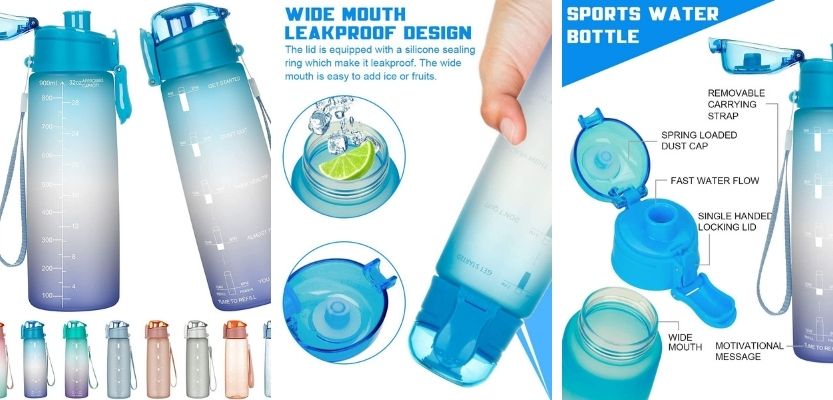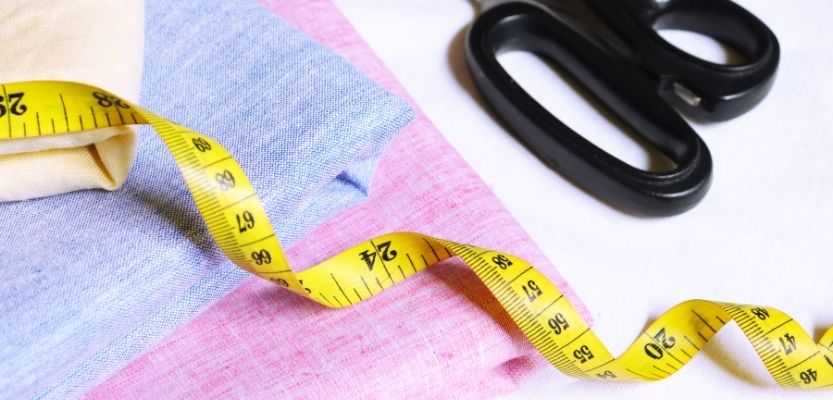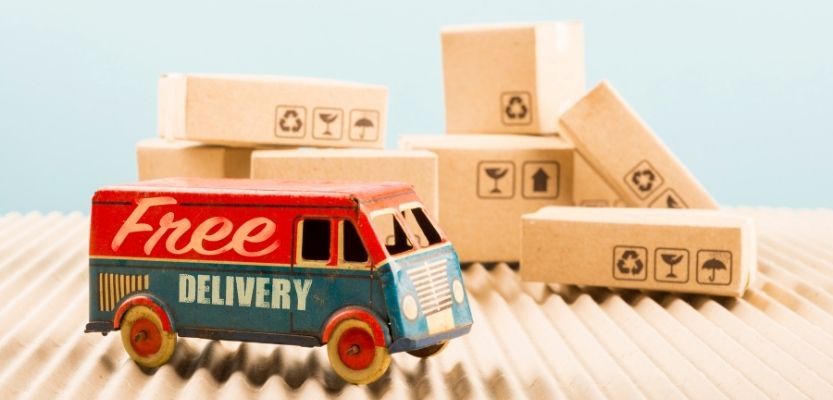When consumers buy online, little thought goes into the cost and implications returning a product will have on a business. After all, they see a product, want to try it, may choose to keep it, or may decide it’s not for them. And the easier the retail returns and refund process, the more likely they are to try before they buy.
Whilst high sales are great turnover for small retail businesses, calculating the costs of returns can be a headache and affect the bottom line.
How do retailers handle returns?

We live in a society that has got used to the ease of being able to have a refund for something at the click of a button. Thanks to big ecommerce companies, it can be very hard for smaller product businesses to compete.
The need to offer great customer service is a big reason why many ecommerce businesses now offer free delivery and returns. Great for the consumer and for the retailer too as they get a good customer review or at least avoid a bad one!
But in offering this, some are finding that this is completely inefficient. Because customers will purchase 3 different sizes of something, try them on, then return the two they don’t need. The cost of this can be crippling to their business and often means that little profit is made, if at all.
What can you do on your website and in your marketing to reduce the number of retail returns?
Apart from making sure returns are built into costings before a product goes to market, what else can online product retailers do to reduce the number of returns after a website purchase? What are the factors to consider when marketing a product?
On the website…
Product Images

Often photographs of the product are the one thing that a customer will really look at before making a purchase. Show them around the product, not just someone wearing or using it. Add dimensions or usage instructions into the images. The more they see here, the more likely they are to choose the correct size or know that the product is right for them.
Product descriptions

Including as much information about the product as possible. Information such as colour, material, dimensions, sizes available etc. is all useful here. Break the main attributes into bullet points so that it is easy for the customer to read and digest.
Add a size guide

There are rumours of technology that will allow someone to add their measurements and be told which size will fit them in the future. How amazing would that be if it was available as a bit of technology that you could plugin to your website? But for now, individual size guides are the only option for retailers.
Sizing, particularly in fashion retail, is key. A size guide is useful to the customer to check whether to item they are ordering will fit and be suitable for them. Size guides should be as specific as they possibly can be and offer measurements in both cm and inches.
Delivery and return information

Inevitably, customers will want to look at delivery and returns policies before making a purchase. Make it easy for them to see on your website using accordion or drop down boxes. A page with full details is also a must. Link to it regularly and add it on the checkout page.
In retail marketing…
Your content

Tell your audience about your product in your content. Show them around as much as possible. Tell them about any size guides. Use it in social posts, in video, or email marketing. Demonstrate it being measured or used. The more of this that is done at the awareness raising stage, the more decisive the customer will be at the time of purchase.
Check your offers

A customer voucher after they have purchased is a nice touch, but beware! Avoid money off future purchase coupons and codes. The savvy customer will return the item they’ve just purchased for a refund. And then buy it again using their discount voucher to repurchase the very same item!
How to deal with product returns in retail
There’s no doubt that customer service is the number one priority for many online product businesses. The last thing they want is for a bad review because of a customer experience.
Making returns and refund policies clear from the outset can alleviate this and reduce the number of packages that are returned.
I hope these tips will help product retailers know how they can build retail returns into their marketing strategy.
If you’d like help with your own website, or would like to organise a review, please get in touch. I would love to help.
Gill x







